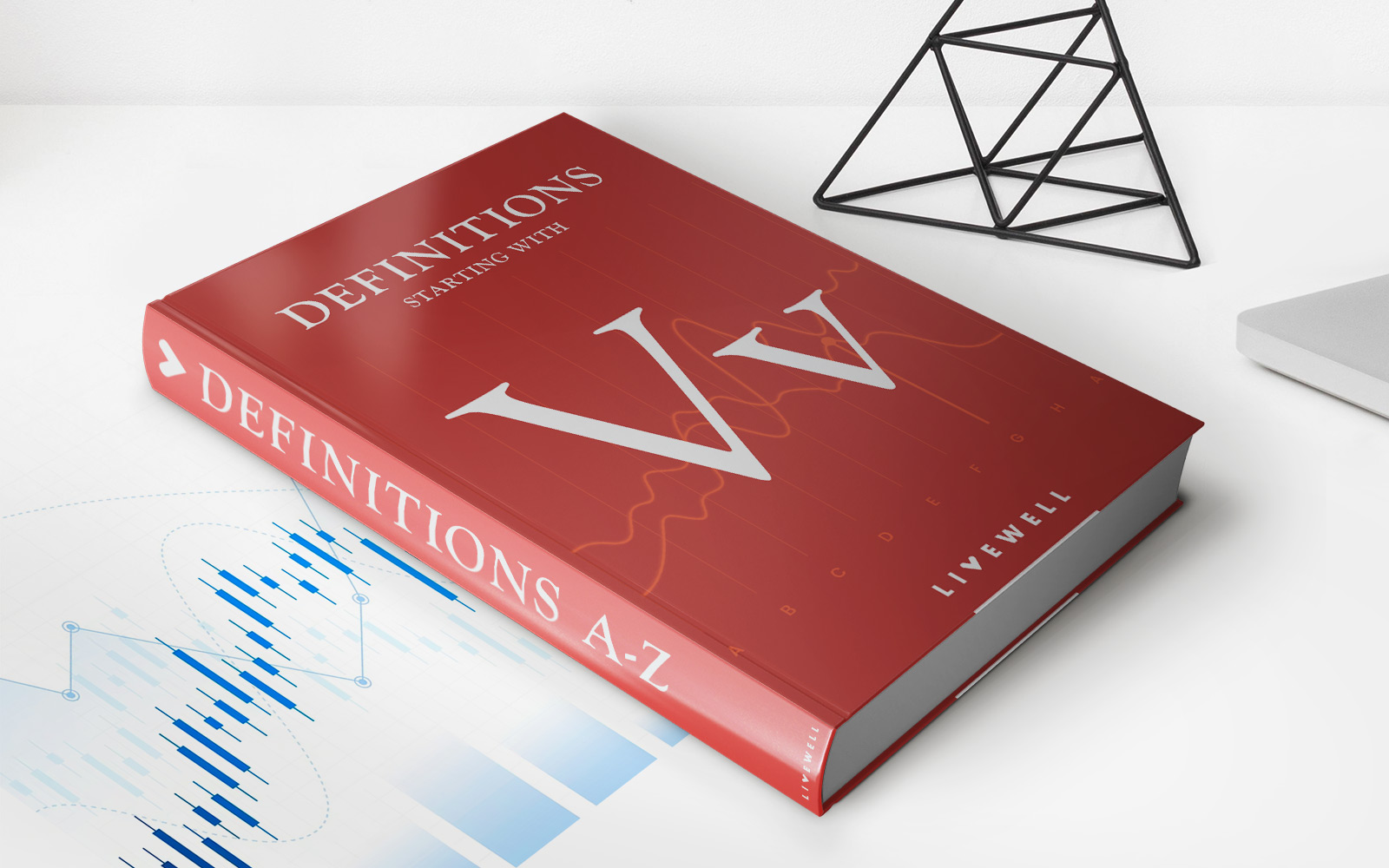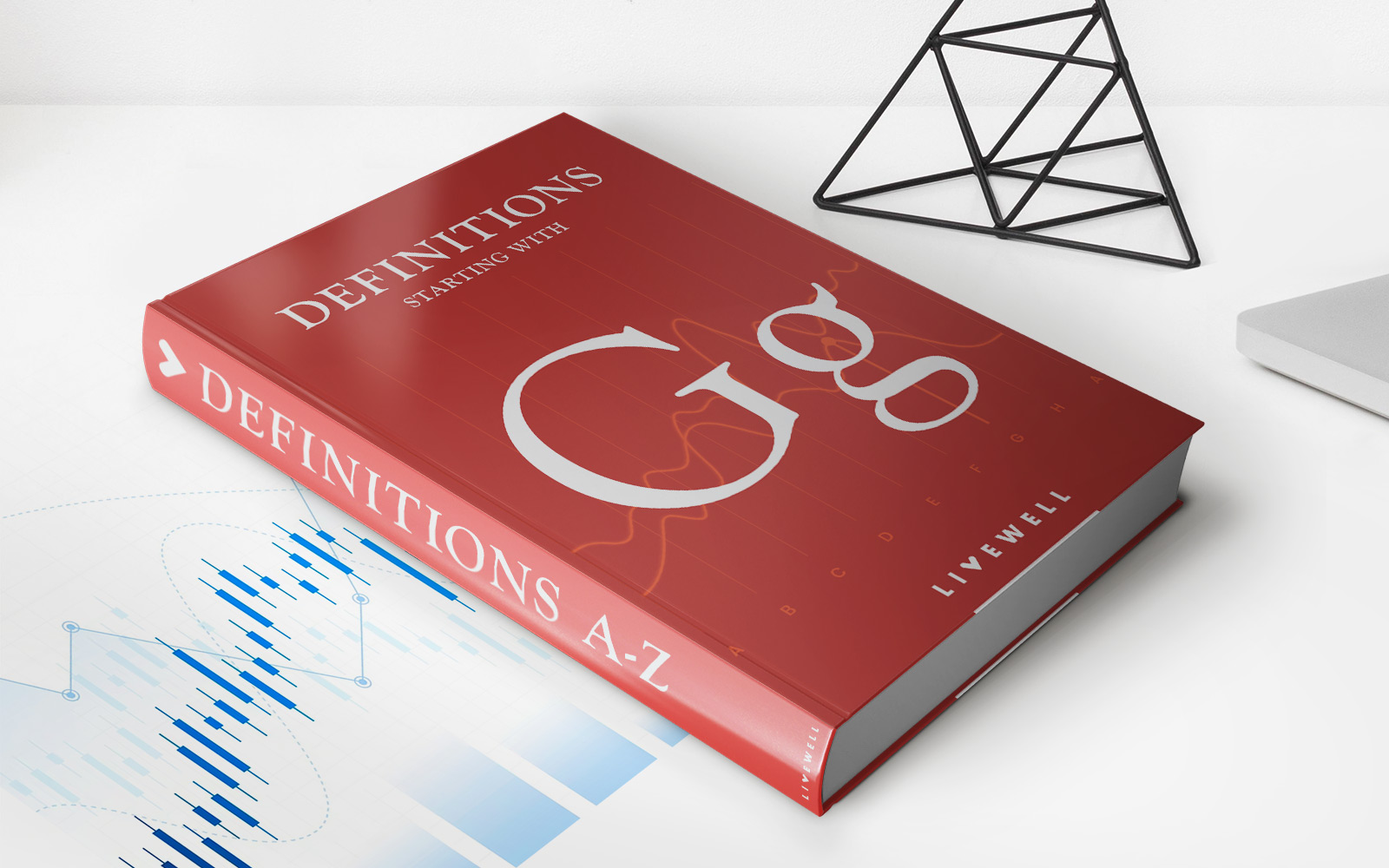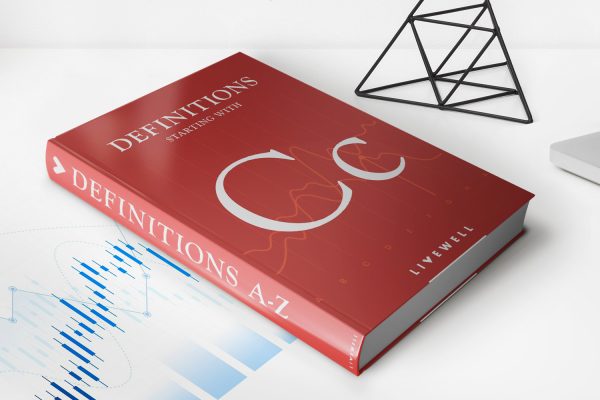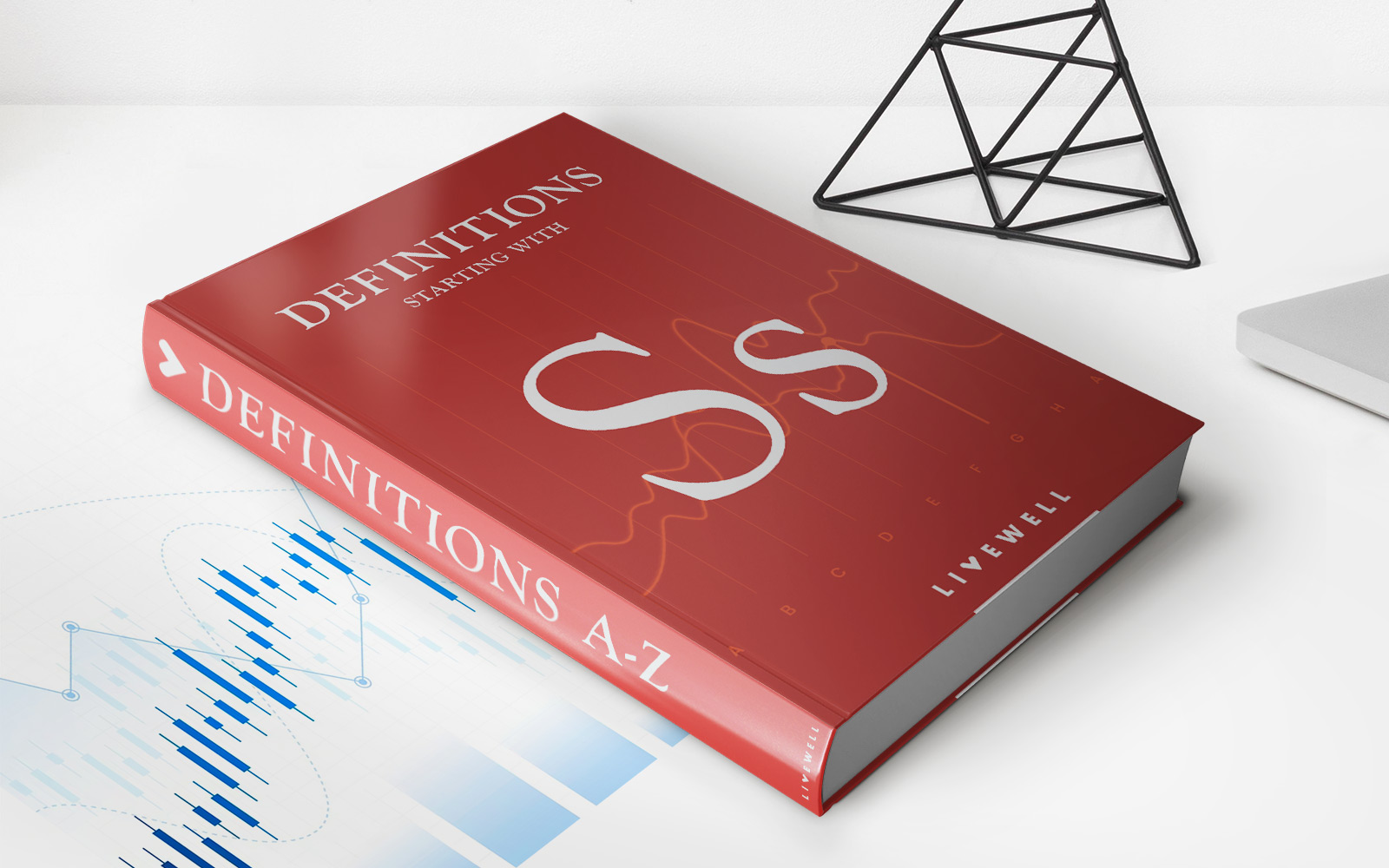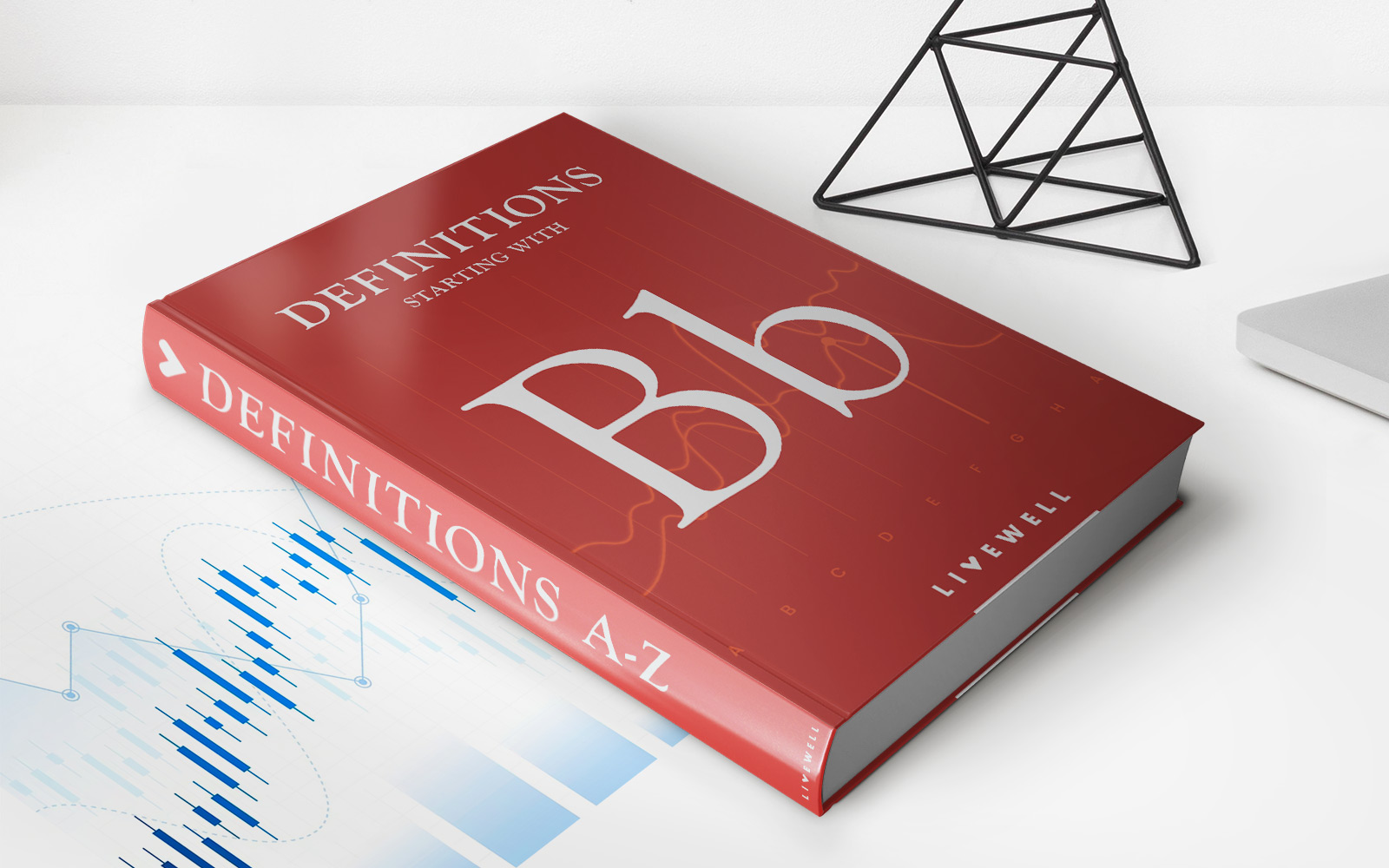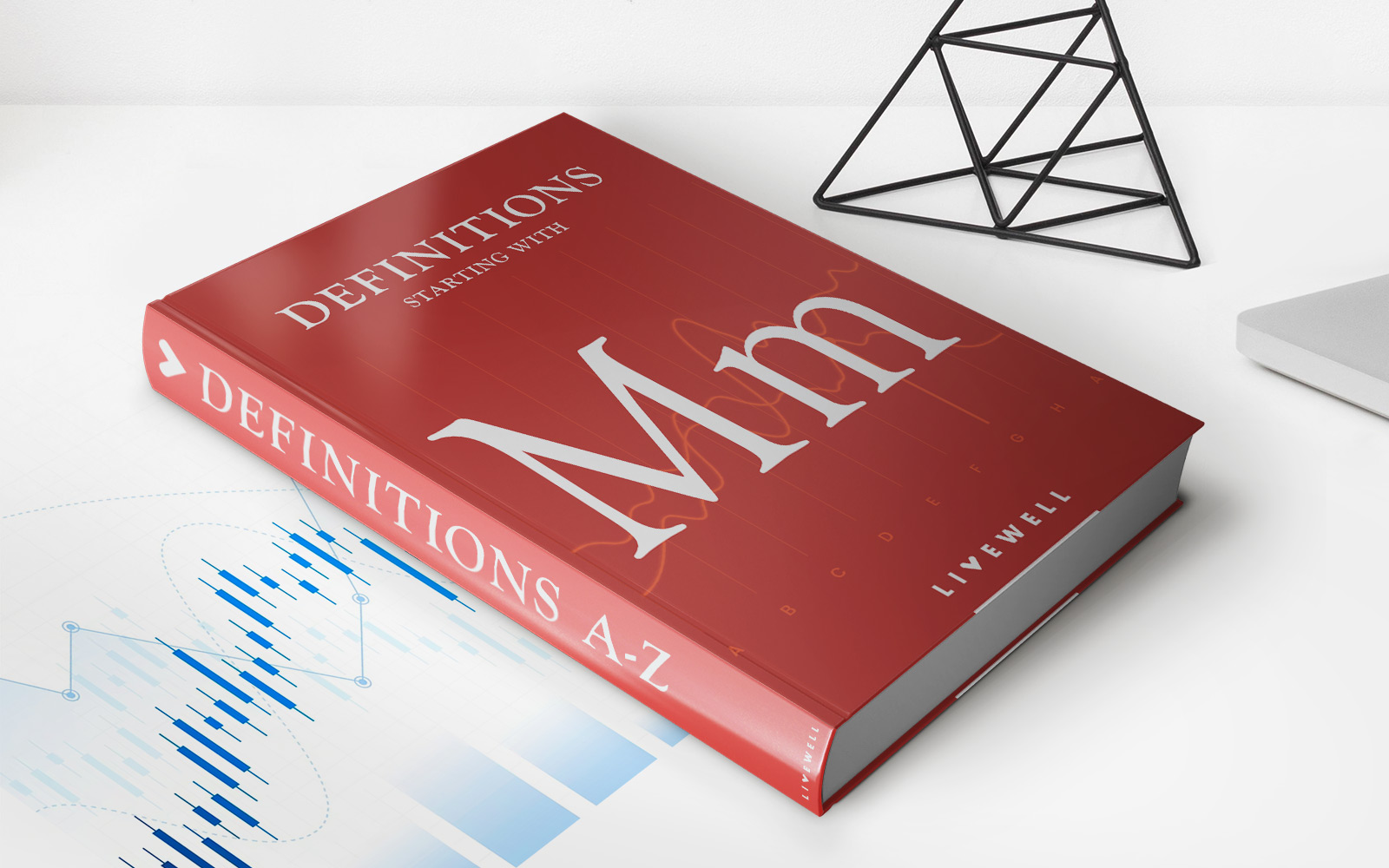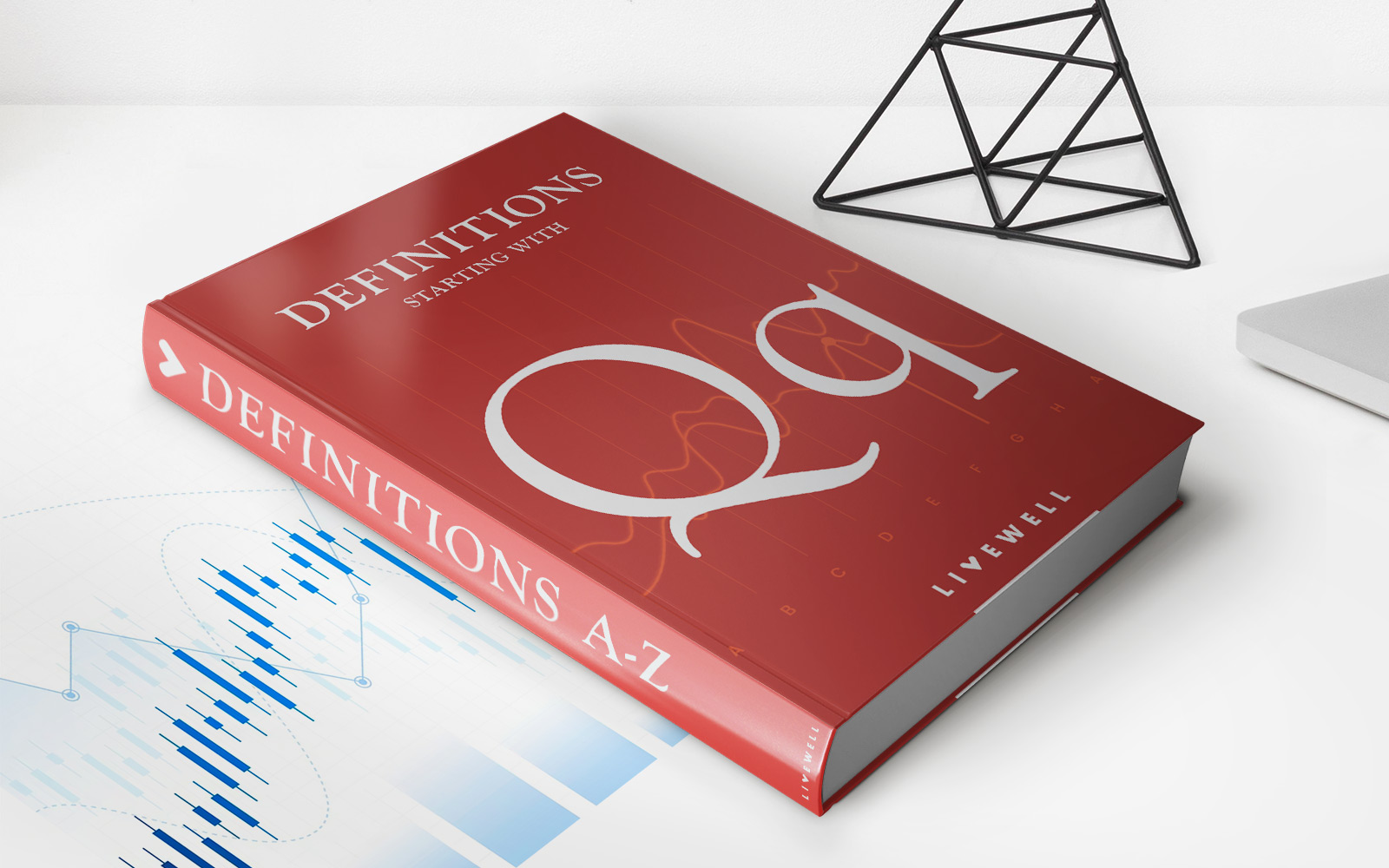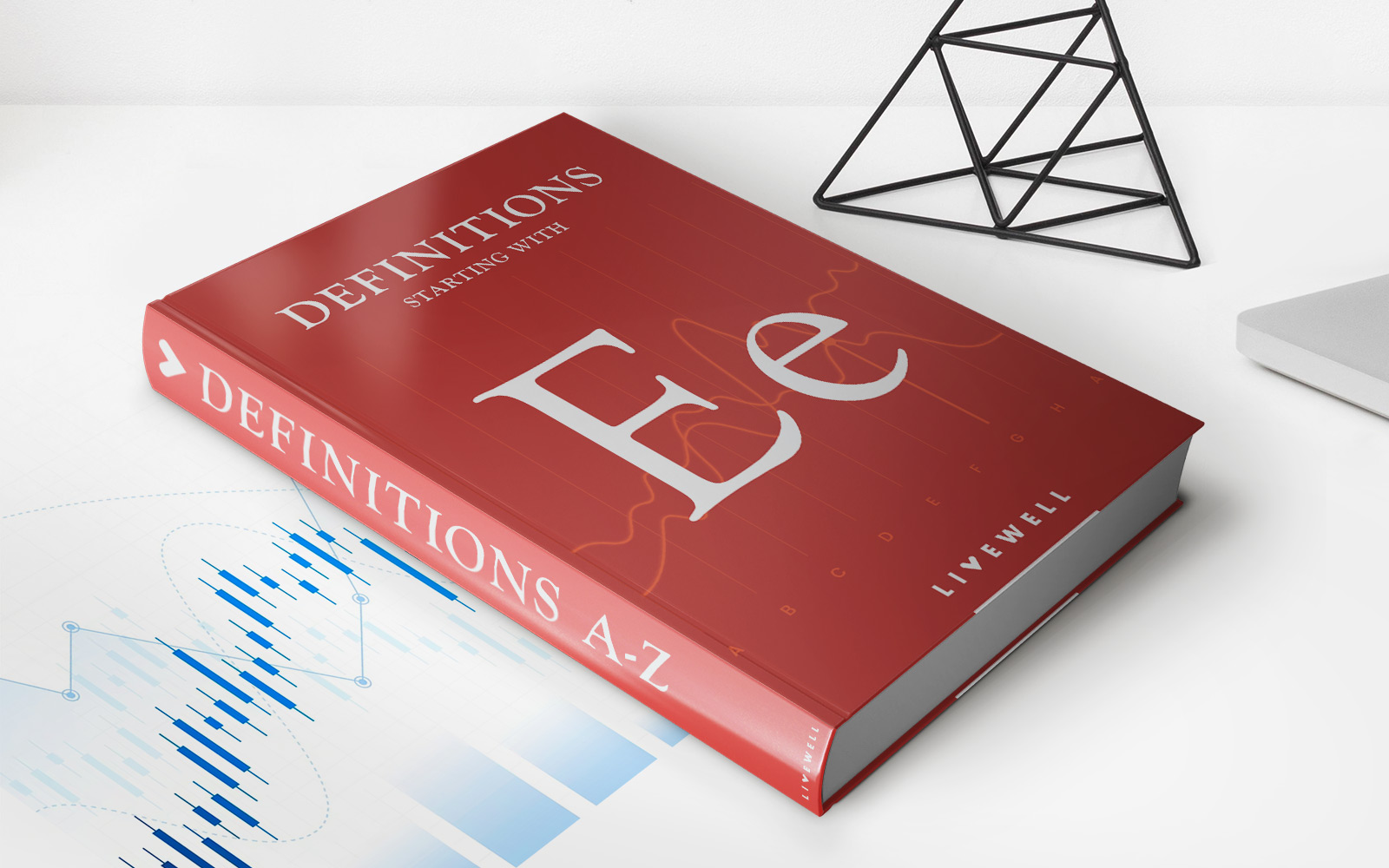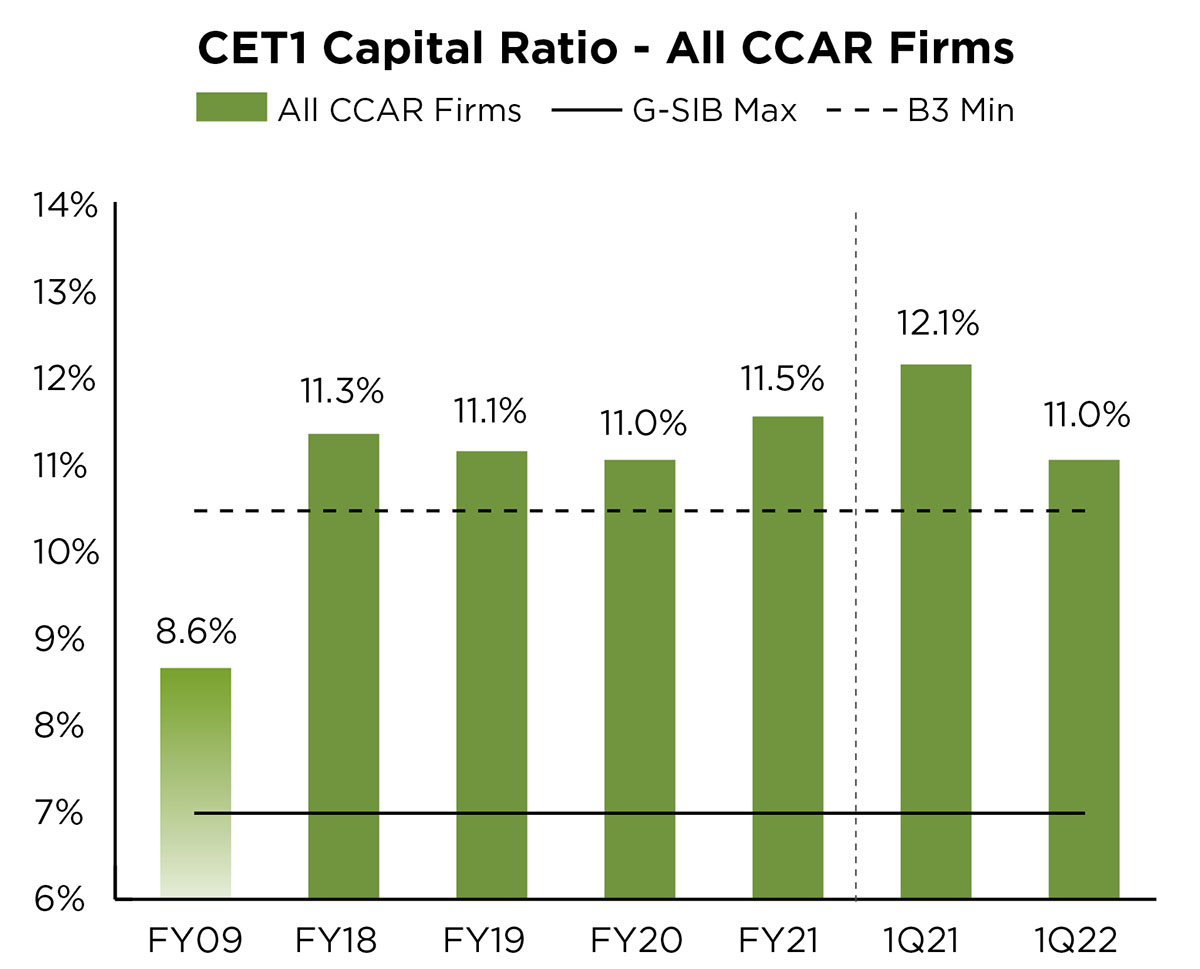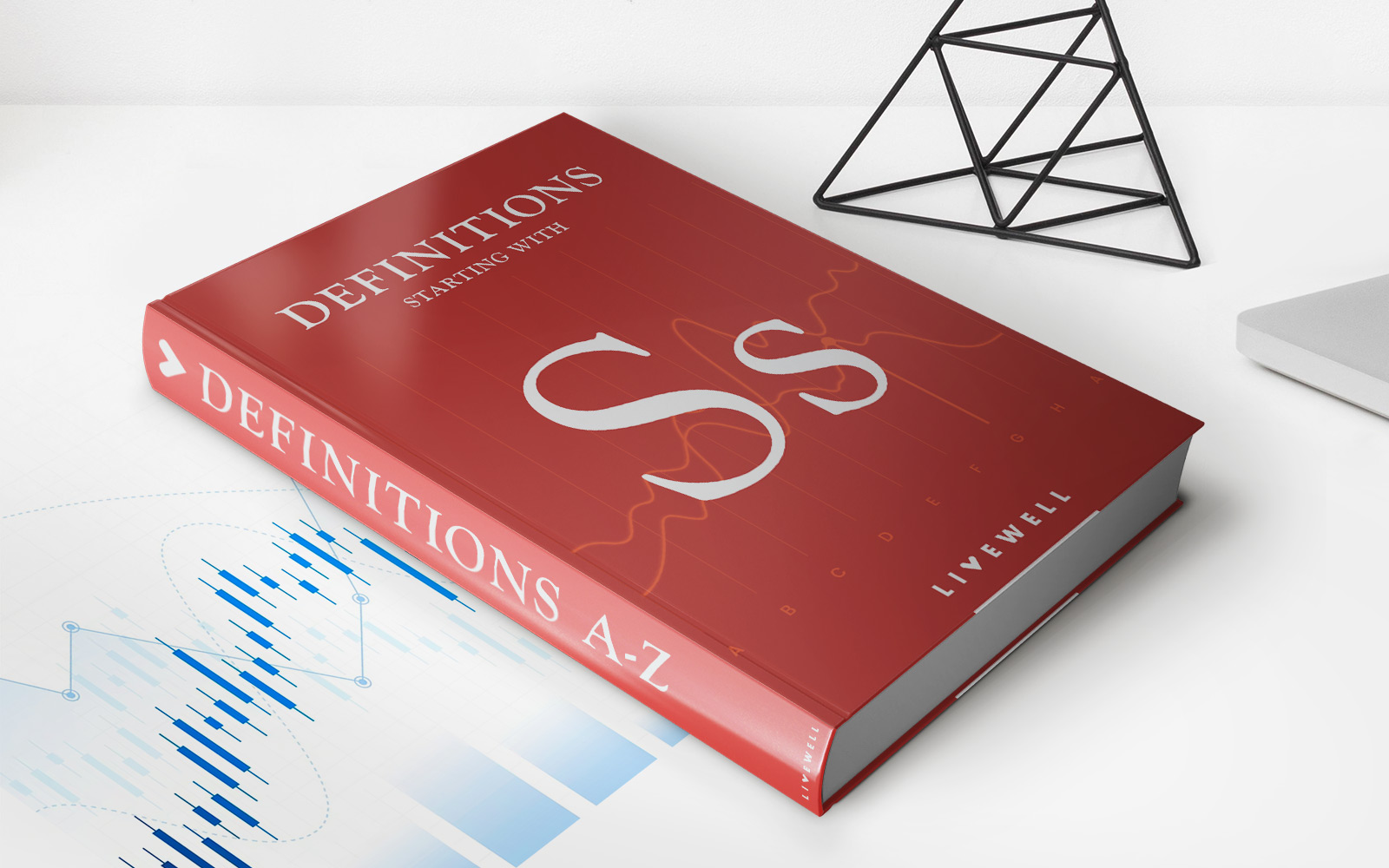Home>Finance>Razor-Razorblade Model: Definition, How It Works, And Examples
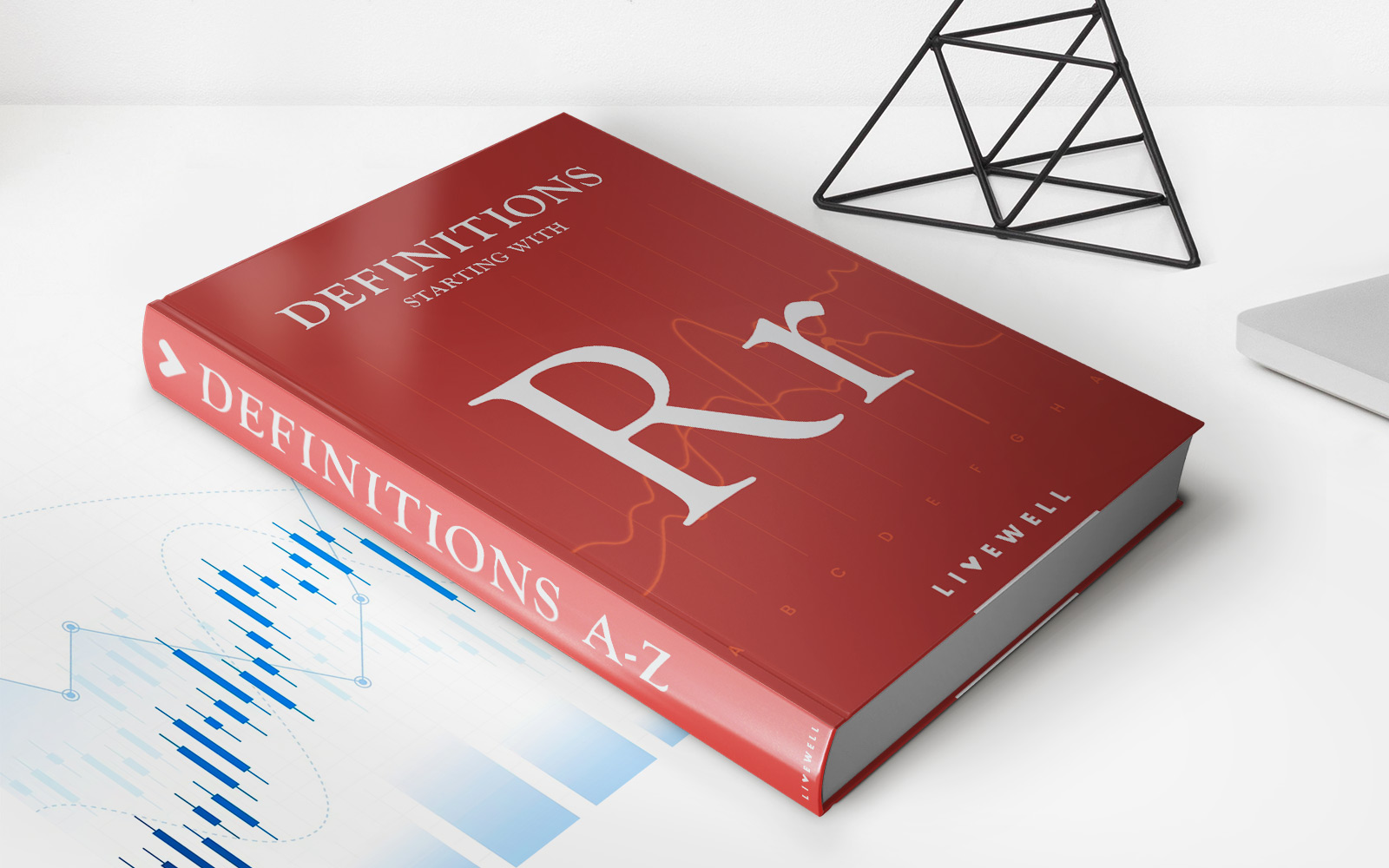

Finance
Razor-Razorblade Model: Definition, How It Works, And Examples
Published: January 16, 2024
Learn how the razor-razorblade model works in finance, and explore real-life examples of its implementation. Understand the definition and key principles behind this business strategy.
(Many of the links in this article redirect to a specific reviewed product. Your purchase of these products through affiliate links helps to generate commission for LiveWell, at no extra cost. Learn more)
The Razor-Razorblade Model: Definition, How It Works, and Examples
Welcome to the finance category of our blog! In today’s post, we will explore a fascinating strategy known as the Razor-Razorblade Model. If you’ve ever wondered how companies can offer a product at an incredibly low price or even give it away for free, while still making a profit, you’re in the right place. In this article, we will dive deep into the concept, how it works, and provide some real-life examples to help you understand this ingenious business model. So, let’s get started!
Key Takeaways:
- The Razor-Razorblade Model is a pricing strategy where a company sells a product (the “razor”) at a low or even subsidized price, while making the majority of its profits from selling associated consumable goods (the “razorblades”).
- This model relies on creating a strong customer base that continuously requires replenishing the consumable goods, ensuring a consistent revenue stream for the company.
Understanding the Razor-Razorblade Model
The Razor-Razorblade Model, also known as the “loss leader” strategy, is a clever pricing approach that aims to generate long-term profits through the sale of consumable goods or services. The concept comes from the practice of selling razors at a low cost to capture customers and then profiting from the ongoing sales of razorblades that the customers need to regularly purchase to use the razor.
This strategy operates under the assumption that once customers invest in a specific product or brand, they will continue to purchase the compatible consumables, creating a steady stream of revenue for the company. By subsidizing or significantly lowering the price of the initial product, businesses aim to build a loyal customer base that will ultimately drive profits through repeat purchases.
Now, you might be wondering, how does the Razor-Razorblade Model apply to different industries? Let’s explore some examples.
Real-Life Examples of the Razor-Razorblade Model
1. Printer Manufacturers – Printer companies often offer printers at a low price or even for free, but make the majority of their profits from selling ink cartridges. You may have experienced the frustration of buying a printer only to discover that the replacement ink can sometimes cost more than the printer itself.
2. Video Game Consoles – Gaming console makers, like Sony and Microsoft, initially sell their consoles at a relatively low price compared to the production costs, or even at a loss. However, they make up for this by selling high-margin games and accessories, such as controllers or subscription services, which generate significant revenue over the console’s lifespan.
3. Mobile Phones – Smartphone manufacturers, such as Apple and Samsung, adopt a similar approach. They often offer flagship phones at a subsidized price through contract agreements, while profiting from the ongoing sales of accessories, apps, and services.
The Razor-Razorblade Model is a powerful strategy that many companies have successfully implemented to drive profitability. By enticing customers with a low-cost or free initial product, businesses can ensure a steady revenue stream from the sale of accompanying consumables or related services. This model not only benefits the company but also provides customers with affordable access to a product or service they need.
So, the next time you come across a seemingly great deal, remember to consider the long-term costs of the associated consumables or accessories. The Razor-Razorblade Model is just one of the many insightful concepts that shape the fascinating world of finance and business.
